DOG TRAINING OFFERED IN-PERSON AND ONLINEOur dog training services are delivered in almost any format that meets your needs. We have GROUP CLASSES at our indoor and outdoor facilities on our farm, ONLINE LIVE STREAMING classes, and SELF-PACED VIDEO-BASED training through our Online Dog Training Course. Our PRIVATE TRAININGS can be done in-home, outside, in public dog-friendly locations, at our facility on our farm, online via phone or video conferencing and through email. |
Once your dog has a basic understanding of a cue, we want to help them to reliably perform in any situation with any distractions.
You want to begin to challenge them a bit at a time. It's great that your dog can Sit in the kitchen for a treat, but what about before you cross the street during a walk? What about at the pet store? What about the vet's office or a hiking trail or a friend's house? What about when a bunny runs across the path in front of you? What about when there are other dogs around? What about walking past the playground or skate park at the local park?
One of the most common issues I hear about is the dog who “knows” these cues but doesn't perform them with distractions. What are distractions? We commonly think of distractions as things like other dogs or bunnies or people. But there are a variety of other “distractions” or difficulties that make it more challenging for our dog to what we asked them to do.
When your dog is ready to start working on more difficult situations, we begin working with the four D's of difficulty. We work on increasing the difficulty – or distraction – of one “D” at a time. Increasing the challenge for more than one “D” at a time is most likely going to make things too difficult for your dog.
So, what are the four D's?
- Duration
- Distance
- Disengage/Disconnect
- Distractions
Let's look at each one of these.
First, we have Duration. If I ask my dog for a Sit or a Stay, for example. The longer I want my dog to maintain the behavior, the more challenging it is. So the Duration to a behavior is one level of difficulty or distraction that we need to focus on. But, remember to focus on one thing at a time. Often it's best to start with Duration. If my dog can maintain a longer Sit or Stay (or any other behavior), then it's much easier to start working on the other D's.
Second, we have Distance. If I am asking my dog for a Stay, it's much easier typically for my dog to maintain a Stay if I am close by. The farther away I move, generally, the harder it is to maintain the Stay and not follow after me.
Now, Distance can also mean the distance between your dog and the Distractions (#4 on our list). It's easier to perform the behavior if the Distance between my dog and me is short. It's easier to perform the behavior if the Distance between the dog and the distraction is greater.
Third, we have Disengage or Disconnect. It's much easier to perform and continue to maintain a behavior when I am focused directly on my dog. If I am making eye contact, it's much easier for my dog to keep doing what I am asking my dog to do. If I turn my back or look away, now it becomes much harder to maintain.
Why? My dog thinks I have disengaged and moved on to something else, so it seems to make sense that they are done with what they were asked to do. And to be fair, that's often the case! I asked my dog to Sit, he did, then I turned and walked away. If that isn't a clear sign to most dogs that we're done, I don't know what is! However, if I asked for a Stay, or if my Sit implies a Sit/Stay until released, then my turning and walking away is NOT a sign that we are done.
If I need my dog to maintain a Stay while I am out of sight, or with my back turned, then I need him to understand that my disengaging or disconnecting is NOT a cue or sign to stop doing what he's doing. This D in particular, can be very challenging for our dogs, so we have to do it slowly and carefully.
Fourth, we have Distractions. These are all the other things that we generally think of when we talk about distractions. These are the things in the environment that get your dog's attention. Bunnies. Other dogs. Other people. Squirrels. Bicycles. Cars. Smells. The wind. Noises. If it gets your dog's attention, it's a Distraction. These can be things your dog can SEE, HEAR, SMELL or FEEL.
As with all of the other D's, we need to work GRADUALLY with Distractions too. We don't start by asking our dogs to perform the wanted behavior with the biggest distraction there is. Let's just say it's bunnies. Well, if bunnies are romping all around us, I am not going to get a solid Stay from my dog any time soon! I really need to start with lots of lesser distractions and work up to the bunnies.
And then I need to start with great DISTANCE from the bunnies. The closer I am to my dog and the farther the bunnies are away from my dog, the easier it will be for my dog. Gradually, I decrease the distance from the bunnies OR increase the distance from me. But I don't want to do both at the same time.
So, there you have it. The four D's of difficulty that we all need to address when working toward helping our dogs to be more reliable and consistent with the cues we ask them to perform.
Our goal is to positively impact the lives of as many dogs and their families as we can, in part through our extensive library of video, infographics and text articles. |
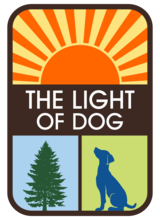
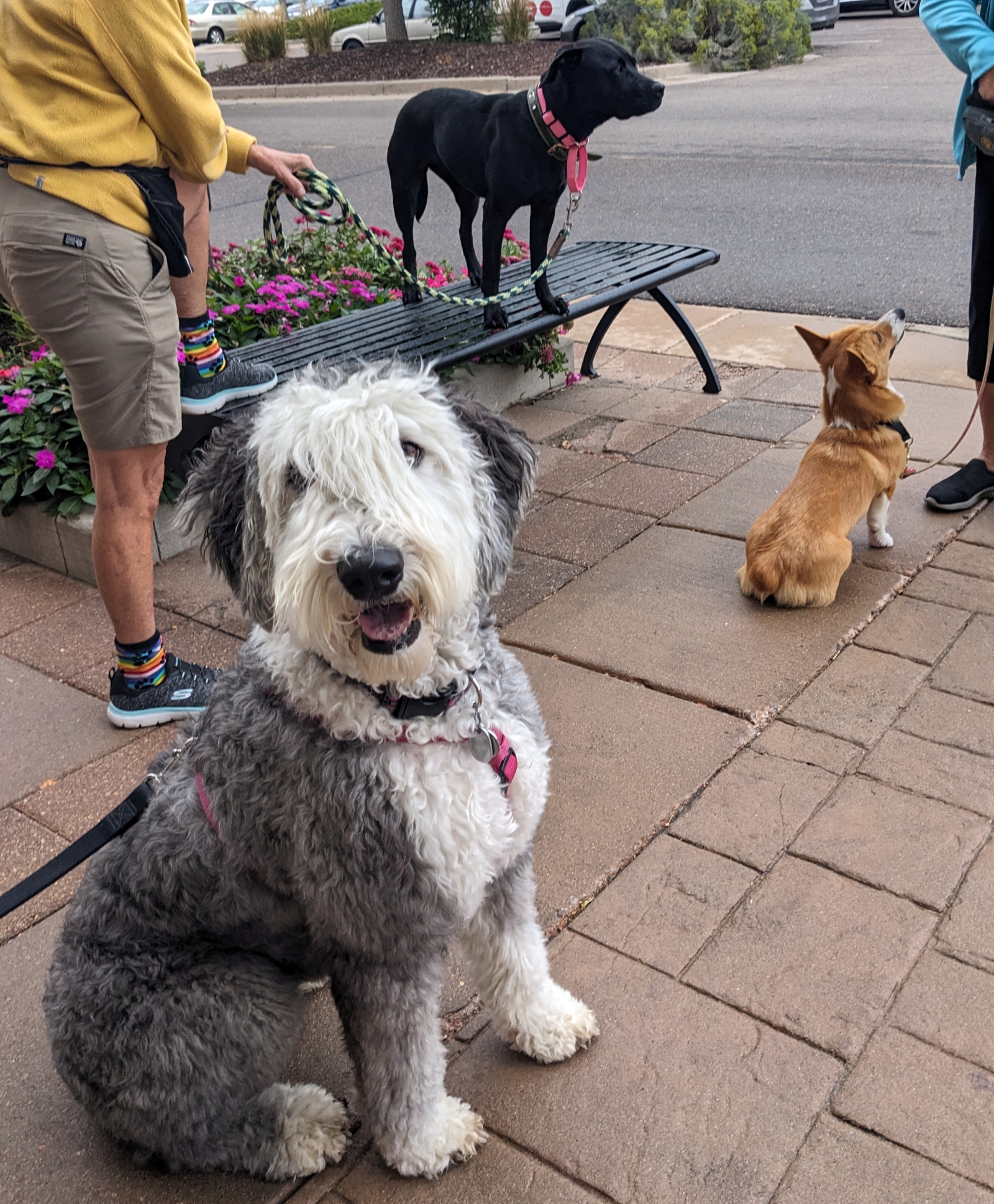
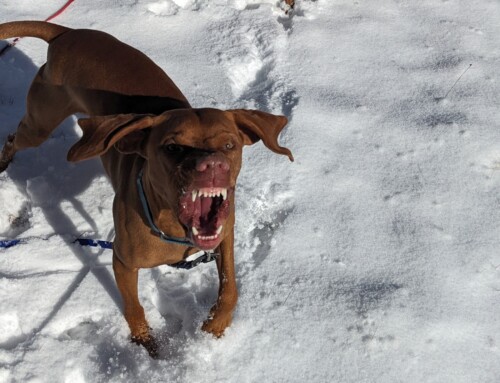
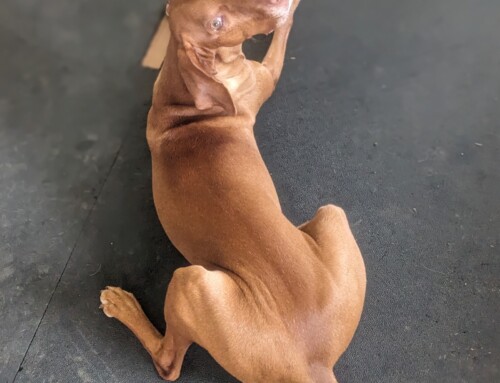
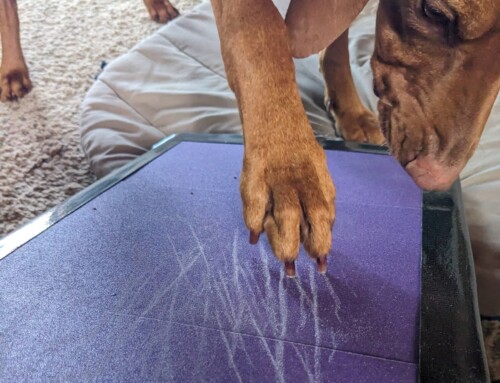
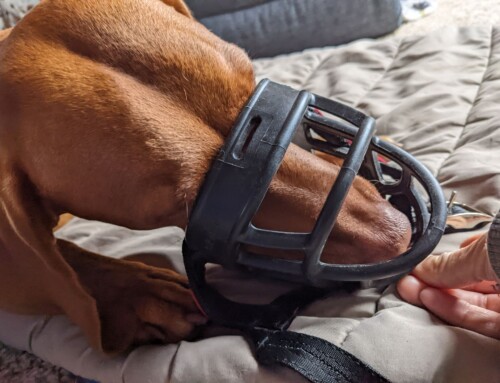
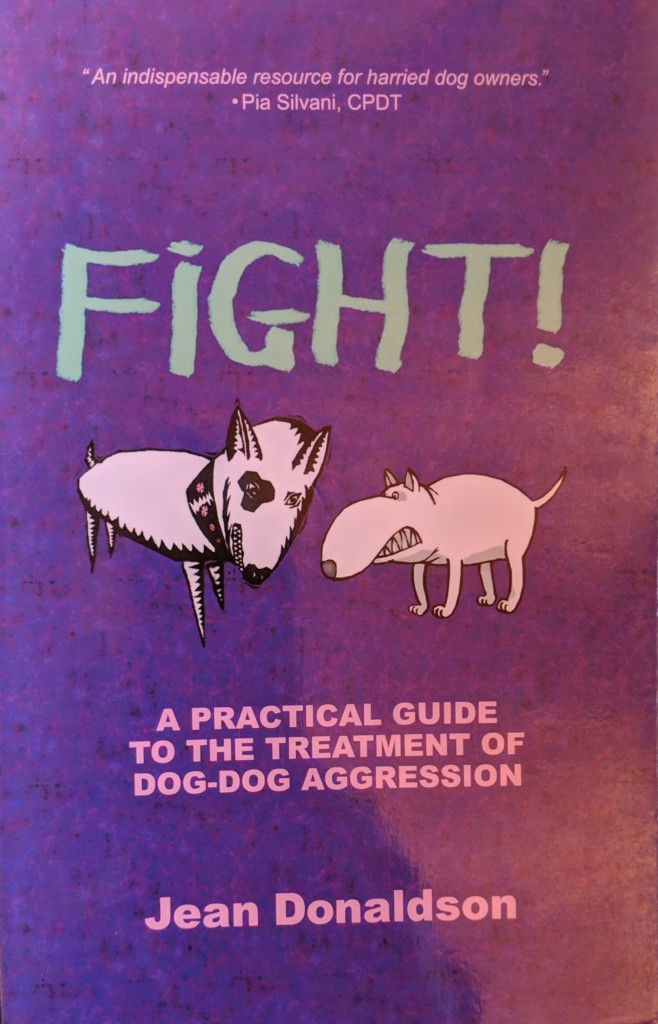
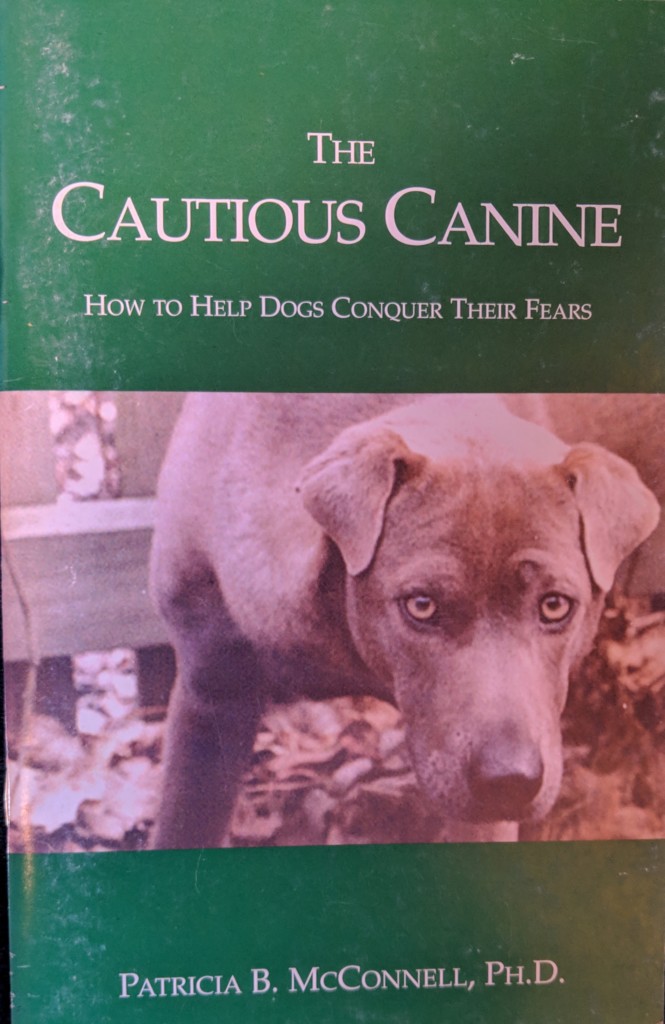
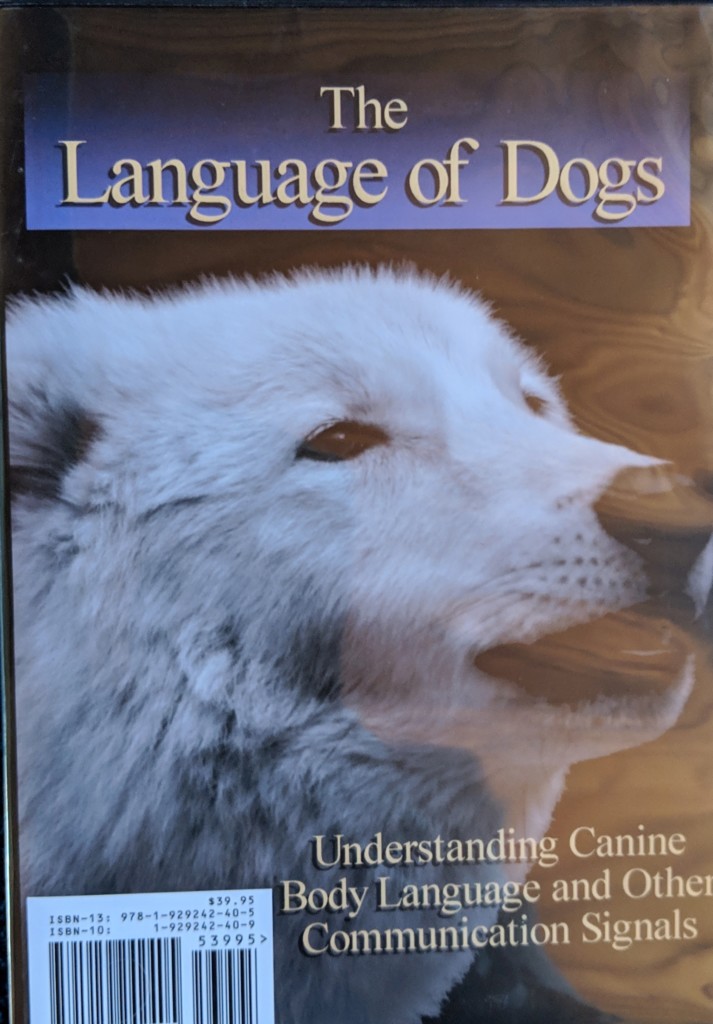
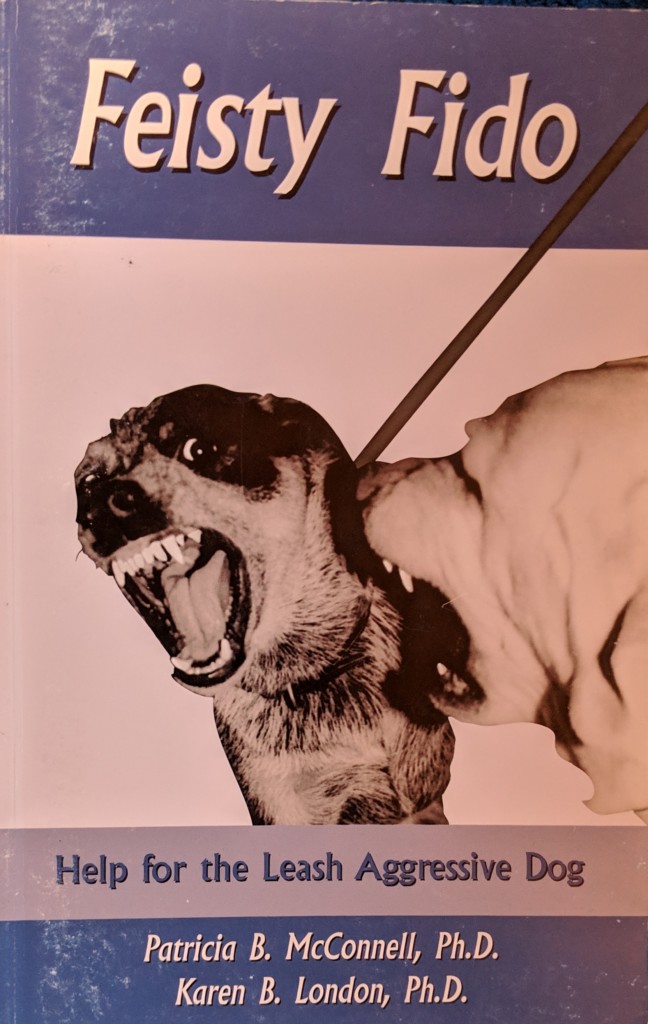
Leave A Comment